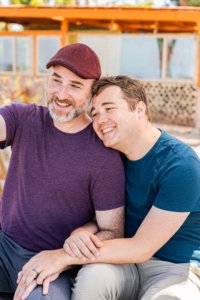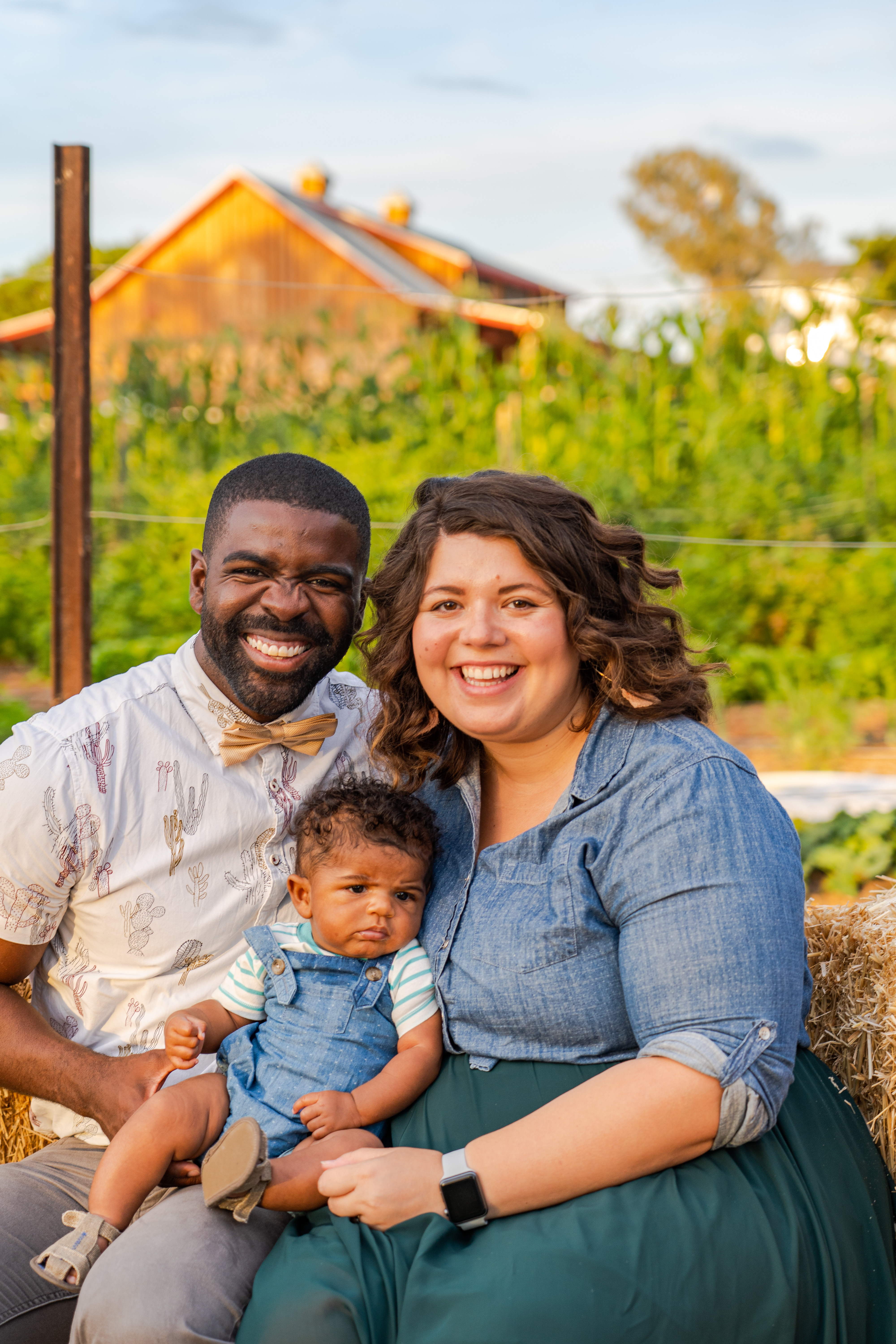Three Tools to Effectively Fundraise for Your Small Nonprofit
Working in small nonprofits presents numerous opportunities for creative innovations and flexibility to fulfill their missions. At the same time, smaller nonprofits have to do more with less. Recently the Hive hosted “Fundraising for the Small Nonprofit,” in which several leaders of local organizations shared their best strategies for successful in developing needed resources.
Our panel of experts included: Max Disposti, Executive Director of the North County LGBTQ Resource Center; Alex Goodman, Managing Director of New Village Arts, Inc.; Deb Martin, CEO & Executive Director of ElderHelp of San Diego; Don Wells, Executive Director for Just in Time for Foster Youth.
1. TeeUp Your Time: Set appointments with yourself to cultivate and steward donors.
Max says that making the time to build and foster relationships is a priority. In fact, when asked how to dedicate the time, Don replied with, “How do you not make the time?”
The group affirmed that there isn’t a secret sauce to doing this, rather a matter of strategy in time organization when managing your responsibility.
“You have to learn how to do everything before you have staff,” Max added, believing that wearing many hats helps build intentional relationships with the community and prospective donors, which can advance your opportunities to acquire sustained giving and diversify your group of donors.
Designating time up front to plan your development strategies will save you time – and get you the funds you need – later.
2. Story Over Statistics
When your work is cause-driven, it’s tempting to rely on statistics when trying to catch donors’ interest. However, when an identifiable story builds on and reinforces your data, it can shift how people interact with your organization and its mission.
- Don started a “Monday Memo” newsletter in which he shares the work that the organization did that past week and what they want to do in the upcoming week, along with some images. Keeping your members, volunteers and donors in the loop like this is an excellent way to bring stories that illustrate your impact.
- Deb suggests being mindful of how special events that donors attend can advance your organizational story. Be strategic about which events support your mission. This awareness helps you curate meaningful experiences that align potential donors with your work and catalyze them to give to your organization.
3. Mobilize Your Members
Your organization has a following of volunteers, board members, and donors who want to help in many ways to see your organization succeed! Creating opportunities for everyone who supports your organization to become an ambassador for the work dramatically increases the effectiveness of your fundraising. It grows your communications efforts exponentially without touching your personnel budget.
- Alex shares that their “Artist Advocate Program” gives theatre patrons the opportunity to directly support a cast member’s salary – whether actor, director, or designer – through sponsorship opportunities. In a world where the arts are severely underfunded, this is a great way to give artists what they deserve directly.
- Alex also suggests utilizing your relationship with boards, whether you’re on one or your board members serve on others. “Ask yourself, ‘how do we make sure people keep thinking about us?” he says. When you have an abundance of ambassadors sharing your story, it’s an effective way to fundraise without the direct ask.
Takeaways
Successful fundraising requires a multi-pronged strategy. Some tactics are tried-and-true, and some are completely experimental. Some of the fun and freedom in having a small team is that you get to really find out what works for you. We hope these strategies spark some ideas as you ramp up your fundraising journey.




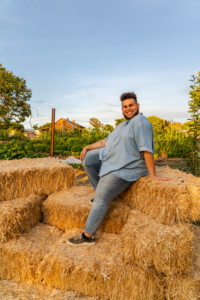 Black, Jewish and Queer. These three identities weave the fabric of who I am, but it took a long time to believe that they could exist together.
Black, Jewish and Queer. These three identities weave the fabric of who I am, but it took a long time to believe that they could exist together.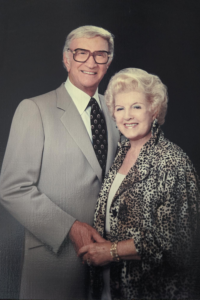 Lee and Toni Leichtag established the Leichtag Foundation in 1991 following the sale of their business. Lee and Toni were lifelong entrepreneurs with a passion for innovation and for supporting talent. They believed that only with big risk comes big reward. Both born to families in poverty, Toni to a single mother, they strongly believed in helping those most in need and most vulnerable in our community. While they supported many causes, their strongest support was for young children and the elderly, two demographics who particularly lack voice in our society.
Lee and Toni Leichtag established the Leichtag Foundation in 1991 following the sale of their business. Lee and Toni were lifelong entrepreneurs with a passion for innovation and for supporting talent. They believed that only with big risk comes big reward. Both born to families in poverty, Toni to a single mother, they strongly believed in helping those most in need and most vulnerable in our community. While they supported many causes, their strongest support was for young children and the elderly, two demographics who particularly lack voice in our society.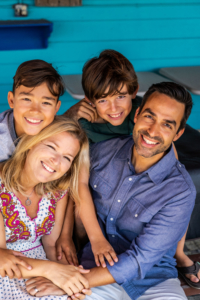 Lifelong Baltimoreans, Rabbi George and Alison Wielechowski and their sons, 11-year-old Lennon and 9-year-old Gideon, are more than pursuing the good life in Southern California. Having moved to San Diego more than three years ago, they are fulfilling a lifelong dream.
Lifelong Baltimoreans, Rabbi George and Alison Wielechowski and their sons, 11-year-old Lennon and 9-year-old Gideon, are more than pursuing the good life in Southern California. Having moved to San Diego more than three years ago, they are fulfilling a lifelong dream.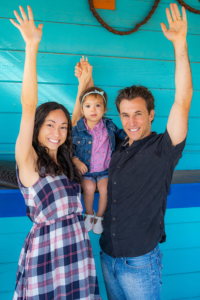
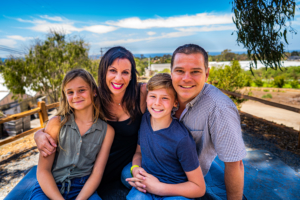
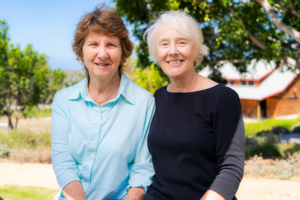

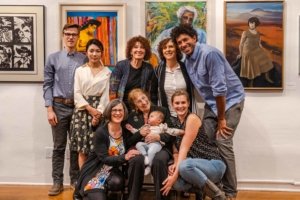
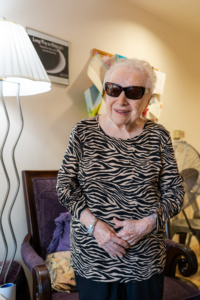
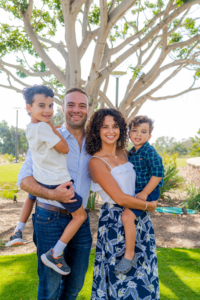
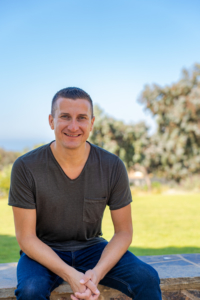 You would think that as the executive director of San Diego LGBT Pride, Fernando Zweifach López Jr., who uses the pronoun they, has done all the coming out they possibly can. A queer, non-binary individual who has worked for many years on civil rights issues, López also speaks openly and often about their father’s family, Mexican-American migrant workers who tilled the fields of rural California.
You would think that as the executive director of San Diego LGBT Pride, Fernando Zweifach López Jr., who uses the pronoun they, has done all the coming out they possibly can. A queer, non-binary individual who has worked for many years on civil rights issues, López also speaks openly and often about their father’s family, Mexican-American migrant workers who tilled the fields of rural California.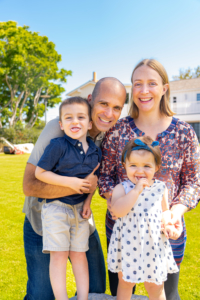 Stacie and Jeff Cook understand commitment. They live it.
Stacie and Jeff Cook understand commitment. They live it.